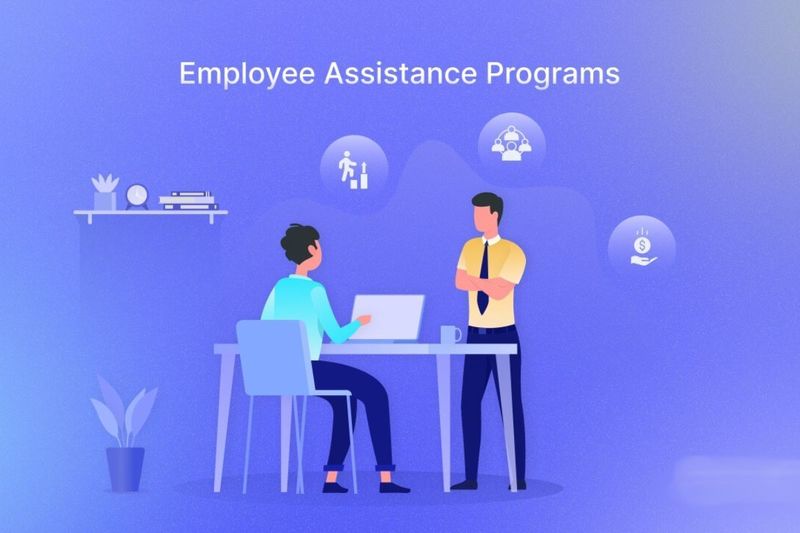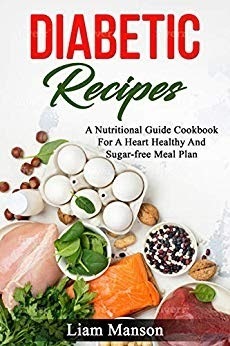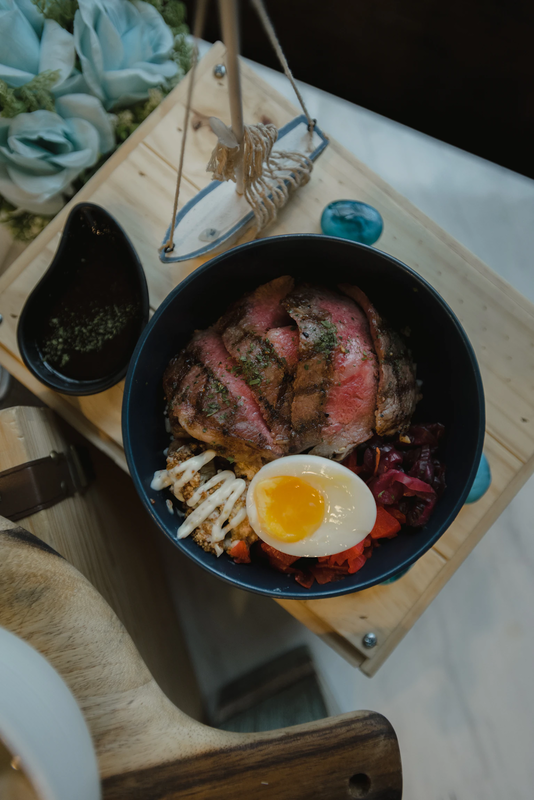Eating Tips After Visiting for a Fluoride Treatment
10
0
·
2025/07/29
·
4 mins read
☕
WriterShelf™ is a unique multiple pen name blogging and forum platform. Protect relationships and your privacy. Take your writing in new directions. ** Join WriterShelf**
WriterShelf™ is an open writing platform. The views, information and opinions in this article are those of the author.
Article info
Categories:
⟩
⟩
Total: 843 words
Like
or Dislike
More from this author
More to explore












Fluoride treatments are a common part of preventive dental care. They help strengthen your teeth, fight off cavities, and protect your enamel. Whether you’ve had a fluoride varnish, foam, or gel, you might be wondering what to eat—or avoid—after your appointment.
Knowing what foods are safe and when you can eat is key to making the most of your treatment. Let’s explore the best eating tips after visiting for a fluoride treatment, so your smile stays strong and healthy.
What Is a Fluoride Treatment?
A fluoride treatment is a quick procedure that helps prevent tooth decay. It involves applying a concentrated form of fluoride to the teeth. Dentists usually use varnish, foam, or gel during regular checkups, especially for kids or people at higher risk of cavities.
The fluoride helps rebuild weakened enamel and slows down bacteria. It’s an easy and effective way to keep teeth healthy—especially when combined with good brushing and flossing habits.
Why Post-Treatment Care Matters
Once your fluoride treatment is complete, it’s important to follow certain steps for the treatment to work properly. Eating the wrong foods—or eating too soon—can reduce the treatment’s effectiveness.
That’s why most dentists recommend a short waiting period before eating or drinking. Following the right eating tips can improve your results and help the fluoride absorb into your teeth more effectively.
How Long After Fluoride Can I Eat?
One of the most common questions patients ask is: "How long after fluoride can I eat"
Most dental professionals suggest waiting 30 minutes to an hour before eating or drinking anything. This gives the fluoride time to fully absorb into your tooth enamel. If you eat too soon, you might wash away the treatment before it has time to do its job.
If your treatment involved fluoride varnish, you can eat soft foods right after 30 minutes but should avoid brushing your teeth until the next morning. Always ask your dentist for personalized advice after your appointment.
What Foods to Eat After a Fluoride Treatment
Once the waiting time is over, choose foods that are soft, gentle, and easy on your teeth. Avoid anything that’s sticky, hard, or acidic.
Here are some safe food options:
1. Soft Fruits
Bananas, ripe pears, or applesauce are great choices. They’re gentle on your teeth and easy to chew.
2. Yogurt or Soft Cheese
These dairy products are rich in calcium and safe for your enamel. Just make sure there’s no added sugar.
3. Cooked Vegetables
Steamed carrots, peas, or potatoes are soft and won’t damage the fluoride coating.
4. Scrambled Eggs
Eggs are soft, protein-rich, and perfect for a post-treatment meal.
5. Smoothies
If you want something cool and easy, try a smoothie with banana, yogurt, and soft berries—just skip the citrus.
What Foods to Avoid After Fluoride
After fluoride treatment, skip any foods that might interfere with the process or damage your enamel.
Avoid These:
Crunchy Snacks like chips or pretzels
Sticky Foods such as caramel, candy, or gum
Acidic Drinks like orange juice, soda, or lemonade
Hot Beverages such as coffee or tea (especially within the first hour)
Sugary Treats that feed bacteria and reduce fluoride's effects
Staying away from these foods for a few hours helps protect your enamel and ensures the treatment lasts longer.
Hydration Tips
If you're thirsty during the waiting period, drink water only. Avoid soda, juices, or any colored drinks. Water helps keep your mouth clean without washing away the fluoride.
Using a straw can also help reduce contact with your teeth if you must drink something other than water later on.
Brushing and Oral Hygiene
If you’ve had a fluoride varnish, don’t brush your teeth for at least 4 to 6 hours, or as directed by your dentist. Some may even recommend waiting until the next morning.
Brushing too early can remove the fluoride coating from your teeth and make the treatment less effective.
Tips for Kids After Fluoride
Children often receive fluoride treatments at the dentist. It’s especially important for them to follow eating tips after treatment because they’re more prone to cavities.
For kids:
Offer soft, bland foods
Keep sugary snacks out of reach
Remind them not to brush right away
Keep them hydrated with water
These small steps can make a big difference in their dental health.
Long-Term Fluoride Benefits
Fluoride strengthens teeth and helps prevent cavities. But its benefits last longer when you follow post-treatment care instructions carefully. Waiting the right amount of time to eat and choosing the right foods are simple ways to protect your smile.
And remember—fluoride treatments are not a replacement for good dental hygiene. Brush twice a day with fluoride toothpaste, floss regularly, and visit your dentist every 6 months.
Final Thoughts
If you’ve ever asked yourself, "How long after fluoride can I eat?"—the answer is simple: wait at least 30 minutes, and follow your dentist’s instructions for the best results.
Stick to soft, non-acidic foods after treatment and avoid sugary or crunchy snacks. These small changes can help the fluoride work effectively and keep your teeth healthy for the long run.